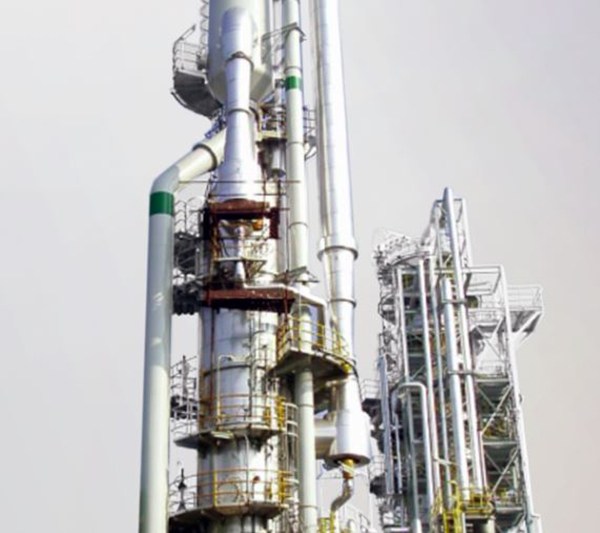Vacuum Chillers

Croll Reynolds vacuum water chillers are a low cost-solution to cooling high volumes of water for the chemical, pharmaceutical, food and paper industries. With over 300 vacuum chillers online worldwide, Croll Reynolds is acknowledged as the leading designer and supplier to US, European and Asian industry. Most recently Croll Reynolds designed and constructed three of the world’s largest vacuum chillers for the Chinese chemical and petrochemical industries.
Croll Reynolds vacuum chilling equipment is also used to chill, sand and gravel during dam construction, in vegetable, fruit and grain processing and for chilling meats and vegetables.
Mechanical Design: Croll Reynolds chiller systems incorporate two, three or four multi-nozzle ejectors a chill tank with internal weirs, a two-stage ejector, piping, controls and instrumentation.
Vacuum chillers unlike mechanical chillers have no moving parts and require little or no maintenance over the lifetime of the equipment. Croll Reynolds chillers can be installed our doors. Vacuum chillers require no refrigerants, absorption solutions or lubricants for operation.
Operation: Vacuum refrigeration finds its widest application in chilling water for air conditioning, food processing, paper processing and industrial uses. Water is chilled usually to temperatures in the range of 35 to 60 degrees F., although in many processes, liquids are cooled to much lower temperatures. The drawing below shows how Croll Reynolds’s CHILL-VACTOR uses this principle in a typical water-chilling unit. Water to be chilled enters the chill tank and flows over a weir plate.
When the water comes in contact with the vacuum in the chill tank, it boils instantly. The weir distributes the water in the vacuum chamber. Heat energy is released as the water vapor expands and the water temperature is lowered. The chilled water is then removed by a barometric leg or pump. It is circulated through heat exchangers, air conditioning equipment or other process equipment and returned to the chill tank. If part or all of the water is required for process use, fresh water is fed continuously into the chill tank. In circulating systems, make-up water amounting to approximately 1% for each 10 degree F. of cooling is added.